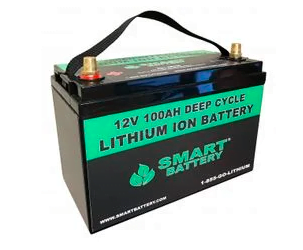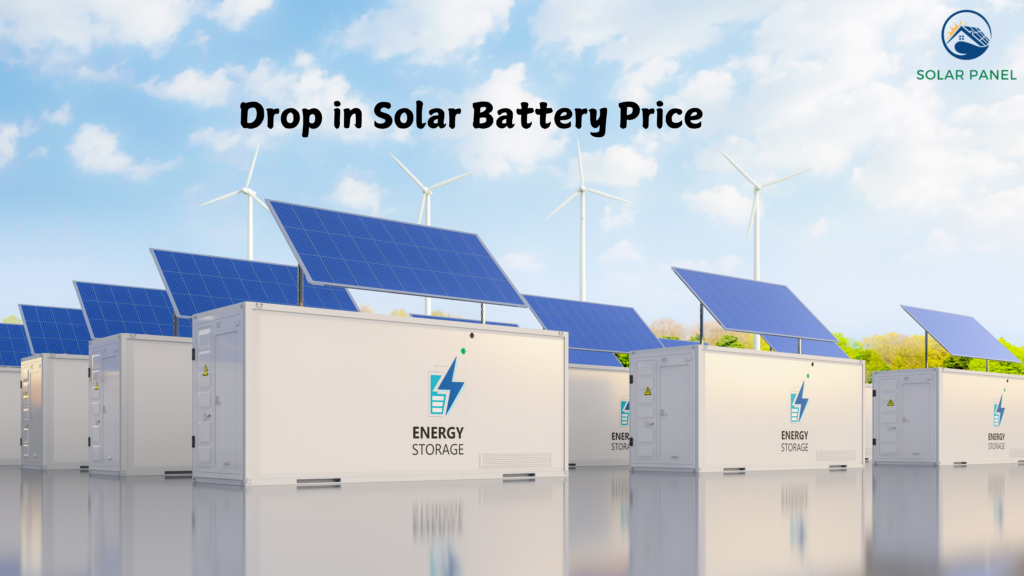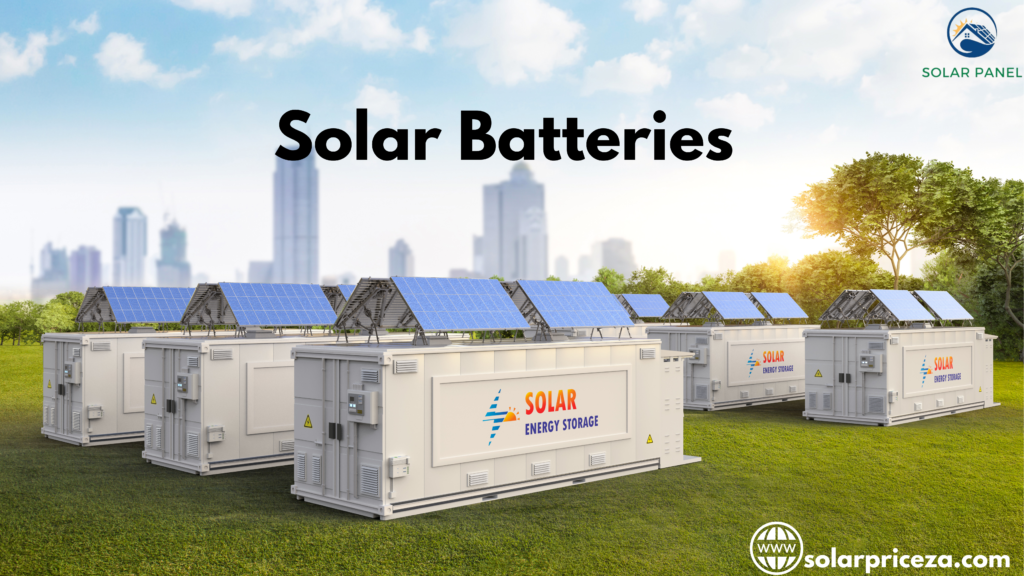
Lithium-ion batteries
R 8,036.00
Table of Contents
ToggleBecause of their reliability, dependability, and efficiency, Lithium-ion solar batteries play a significant role in South Africa’s renewable energy industry.
Features:
- Capacity: 2.71 kWh
- Voltage: 25.6V
- Efficiency: 6000 cycles
- Capacity: 14.34kWh
- Voltage: 51.2VDC
- Dimensions: 490mm x 840mm x 242mm
- Efficiency: 6000 cycles at 80% DOD at 25 °C
- Volta Stage: 4 14.3kW Lithium Ion Battery
- Dimensions: 470 x 350 x 155mm
Description:
A lithium-ion battery consists of several major components: an anode, a cathode, a separator, an electrolyte, and two current collectors. It consists of some Latina. The last ions from the electrolyte anode are positively charged and connected through a separator. The movement of the tip at the anode produces free electrons, creating a charge on the positive current collector. The current collector flows electricity through the device running through the negative current collector. The separator stops the movement of electrons inside the battery.
Advantages:
Some advantages are given below:
1. Lightweight: Lithium-ion batteries are lighter than many other types of batteries, making them ideal for portable devices such as smartphones, laptops, and electric cars.
2. Longevity: These batteries can hold a charge for a long time, so you do not need to charge them frequently. Their overall lifespan is also longer than that of other batteries.
3. High Efficiency: The high efficiency (6000 cycles) of lithium-ion batteries leads to reduced energy loss as well as more effective charging and discharging.
4. Low maintenance: Lithium-ion batteries don’t need to be maintained frequently in order to continue performing well, in contrast to several other types of batteries. It’s not necessary to consider emptying them entirely before replacing them.
High Depth of Discharge (DOD): Compared to other battery types, these can be reduced to 80% of their capacity, offering more usable energy.
Disadvantages:
Some disadvantages are given below:
1. Temperature Sensitive: Due to South Africa’s variable air and water temperatures, lithium-ion batteries don’t function well in extremely high or low temperatures.
2. Limited lifespan: These batteries eventually lose their capacity to store a charge. They might not be able to survive so long between charges after a few years.
3. Sensitive to Temperature: If they get too hot or too cold, lithium-ion batteries can be damaged or even stop working altogether.
4. Charge cycle limitations: Lithium-ion batteries have a limited number of charge cycles, requiring capacity degradation and replacement.
Lithium-ion battery installation process:
1. Environment and location: Consider factors such as temperature, weather, and accessibility when deciding where to install the battery.
2. Access to care: Choose a location that provides easy access to care and monitoring of problems.
3. Charging Requirements: Verify charging requirements and adjust settings accordingly.
4. Installation Best Practices: Follow proper installation practices while ensuring a safe and secure connection.
5. Testing and Verification: Check to ensure that the system is working properly and effectively.
Conclusion:
Lithium-ion battery are an important component of the renewable energy sector in South Africa due to their reliability, efficiency, and longevity. Solar panels and their ability to store excess energy generated from them make them a vital investment for homes and businesses. Although they are more expensive than other battery technologies, their long-term benefits and minimal maintenance requirements make them an investment-effective option.
FAQ’s:
Lithium-ion batteries can typically handle 300 to 500 mAh charge and discharge cycles. If you charge your phone once a day, the battery should last more than a year under normal conditions.
Rechargeable lithium-ion battery are found in many devices, like cell phones, laptops, e-bikes, electric toothbrushes, tools, hoverboards, scooters, and for storing solar power.
A lithium-ion battery basically has four parts: cathode, anode, electrolyte, and separator.
These batteries use a mixture of nickel, manganese, and cobalt in some cases. Nickel gives the battery more energy, but it also makes it less stable.


